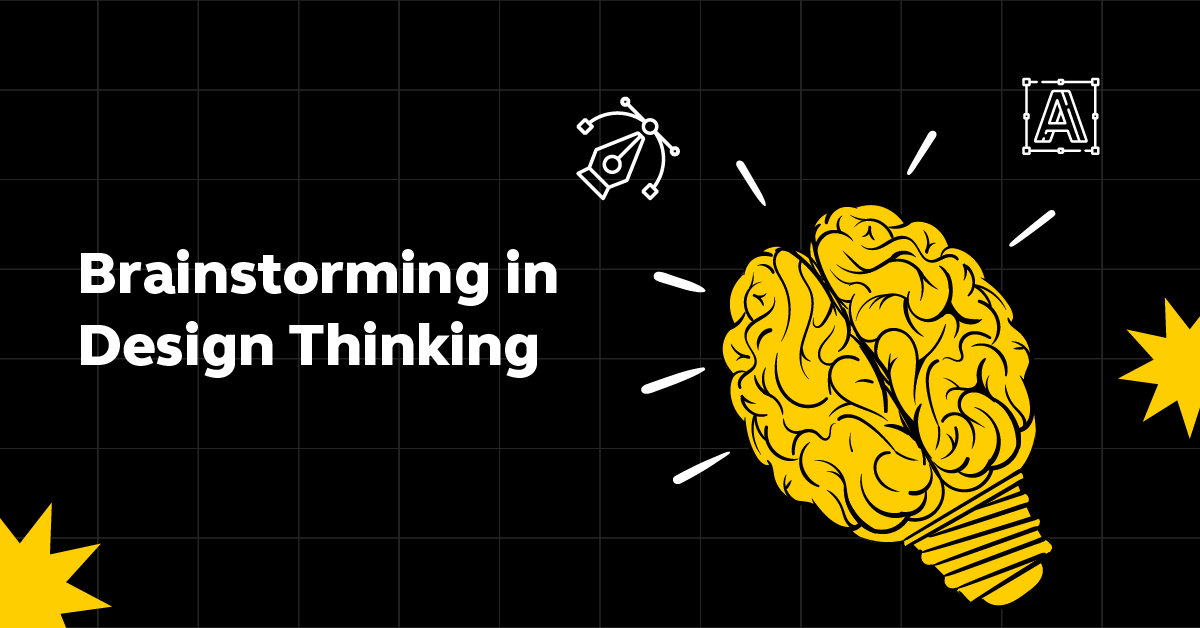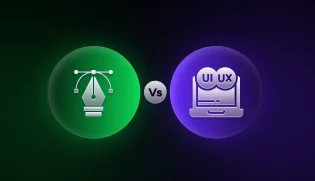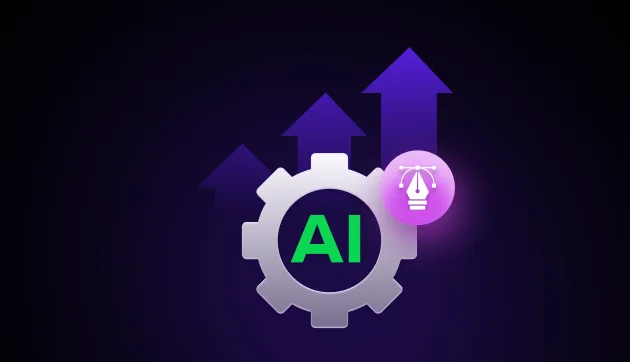
Designing for Tomorrow: Sustainable Practices in UI/UX
Jan 16, 2025 3 Min Read 3116 Views
(Last Updated)
As environmental concerns escalate, the digital world faces increased scrutiny regarding its ecological footprint. Data centers alone are projected to consume 8% of the world’s electricity by 2030, underscoring the need for sustainable design in digital products.
This blog explores the concept of sustainable practices in UI/UX, covering core principles, practical implementation, and emerging trends. By adopting sustainable design practices, we can create digital products that reduce environmental impact while providing exceptional user experiences.
Table of contents
- Understanding Sustainable Practices in UI/UX
- Core Principles of Sustainable UI/UX
- Practical Implementation of Sustainable UI/UX
- Metrics for Measuring Impact
- Real-Time Examples for Sustainable UI/UX
- Deepening the Impact: Practical Tips and Strategies
- Emerging Trends and Technologies
- Exploring Sustainable Interactions
- Sustainable Typography and Color Psychology
- Ethical Considerations
- The Role of Government and Industry
- Conclusion
Understanding Sustainable Practices in UI/UX
Sustainable UI/UX is about designing digital experiences that prioritize environmental responsibility throughout their lifecycle, from development to disposal. Integrating sustainability into the design process helps reduce carbon emissions, conserve energy, and minimize waste.
Core Principles of Sustainable UI/UX
To effectively implement sustainable UI/UX, it’s essential to focus on the following key components:
- Efficiency in Design:
Optimizing design is crucial to sustainability. Regular performance audits help identify areas for improvement, ensuring that your code is optimized, images are compressed, and resource-intensive elements are minimized. Techniques like lazy loading and minimizing high-resolution images play a significant role in reducing energy consumption.
- Reusable Components
Building modular design systems that can be easily adapted and reused across various projects not only accelerates development but also reduces the environmental impact. Establishing a centralized component library promotes consistency and efficiency, further contributing to sustainability.
- Accessible and Inclusive Design
Creating digital experiences that reduce user effort and promote energy efficiency is essential. Following accessibility guidelines like WCAG ensures that your products are usable by everyone, thereby enhancing sustainability.
- User Education and Engagement
Providing clear and concise information about the environmental impact of digital products is crucial for user engagement. Utilizing interactive elements and storytelling can effectively communicate sustainable choices, encouraging responsible digital behavior.
Practical Implementation of Sustainable UI/UX
- Designing for the Entire Product Lifecycle
Sustainable UI/UX extends beyond the digital experience. Considerations such as material choice for devices and packaging, and designing for end-of-life with modularity and recyclability in mind, are essential for reducing the environmental impact of digital products.
- Measuring the Impact
Quantifying the impact of sustainable UI/UX practices is essential for validating effectiveness and guiding future improvements. Key metrics include energy consumption, carbon footprint, and user engagement with sustainable features.
Metrics for Measuring Impact
- Energy Consumption
- Tools like the Website Carbon Calculator can estimate energy consumption by analyzing factors like page size, data transfer, and data center efficiency. For example, reducing a webpage size from 3MB to 1.5MB can halve energy consumption and associated CO2 emissions.
- Carbon Footprint
- Tools like SimaPro and GaBi offer comprehensive lifecycle assessments to measure a product’s carbon footprint, including development, hosting, and usage.
- User Engagement with Sustainable Features
- Track user interactions with sustainable features using tools like Google Analytics to monitor actions such as enabling dark mode. A/B testing can compare the effectiveness of sustainable design features versus traditional ones.
Real-Time Examples for Sustainable UI/UX
Case study 1 – IKEA Place:
- Optimized AR Experience: IKEA Place optimized its AR experience by reducing model complexity, optimizing image quality, and implementing efficient rendering techniques. This led to a decreased app size, improved performance, and reduced energy consumption during the AR experience.
Case study 2 – The Guardian:
- Optimized Website Performance: Optimized images, implemented lazy loading, and reduced website weight to improve loading times and reduce energy consumption for users.
Case study 3 – Netflix:
- User-Controlled Streaming: Offers options to adjust video quality based on network conditions and user preference, empowering users to control their energy consumption and data usage.
Deepening the Impact: Practical Tips and Strategies
- Prioritize performance: Optimize code, reduce image sizes, and minimize HTTP requests to enhance performance and reduce energy consumption.
- Choose sustainable hosting providers: Opt for providers with renewable energy sources and energy-efficient data centers.
- Embrace minimalism: Focus on essential elements to reduce complexity and resource consumption.
- Server-Side Optimization: Reduce the load on user devices by optimizing server-side processing. Techniques like server caching, content delivery networks (CDNs), and efficient database queries can significantly conserve energy.
- Collaborate Across Teams: Foster cross-functional collaboration to integrate sustainability into the entire product development process.
- Incorporate User Research: Understanding user behavior and environmental concerns is key to making informed design decisions.
Emerging Trends and Technologies
- Low-code/no-code platforms: These platforms can accelerate development while reducing the environmental impact of coding. They enable rapid prototyping and iteration, reducing the need for resource-intensive development cycles.
- AI-driven design tools: AI can be used to optimize designs for efficiency and sustainability, such as by automatically compressing images or suggesting energy-efficient design alternatives. AI can also predict user behavior, allowing for dynamic adjustments that reduce unnecessary data transfer and processing.
- Circular economy principles: Incorporate concepts like repair, reuse, and recycling into product design. For instance, design interfaces that can be easily updated rather than requiring a complete overhaul.
- Blockchain and Sustainability: Explore how blockchain technology, when used responsibly, can support sustainability through transparent supply chains or digital carbon credits.
Exploring Sustainable Interactions
Designing efficient and eco-conscious interactions is a growing area of focus. For example:
- Energy-Saving Modes: Offer users options to switch to energy-saving modes that reduce the power consumption of the device by dimming the screen, limiting background processes, and reducing refresh rates.
- Minimalistic Navigation: Simplify navigation to reduce the number of user actions required, thereby saving processing power and enhancing user satisfaction.
Sustainable Typography and Color Psychology
Eco-Friendly Typography:
- Heavier fonts consume more resources to load and render, especially on low-power devices. Opt for lightweight, web-optimized fonts to reduce loading times and energy consumption.
- Consider using variable fonts, which allow for multiple styles within a single file, reducing the number of font files that need to be loaded.
Sustainable Color Psychology
- Dark mode has gained popularity for its aesthetic appeal and potential to save energy, particularly on OLED screens where black pixels consume less power.
- Use color psychology to create calming, low-energy interfaces that reduce screen glare and are easier on the eyes, promoting prolonged device usage without strain.
Ethical Considerations
- Avoid Greenwashing: Make sure that sustainability claims are transparent and accurate, avoiding any misleading statements about the environmental benefits of your products.
- Address Unintended Consequences: Consider the potential negative impacts of sustainable design choices, ensuring that they do not lead to other environmental or social issues.
- Balance Digital Ethics with Sustainability: Ensure that energy savings do not come at the cost of user experience or privacy. Ethical design principles should always complement sustainability efforts.
The Role of Government and Industry
- Government policies: Encourage sustainable practices through regulations and incentives, and support for research and development.
- Industry collaboration: Foster partnerships to share best practices, develop standards, and drive innovation.
- Sustainable Development Frameworks: Follow existing frameworks or guidelines like the Green Web Foundation or Sustainable Web Manifesto to ensure your products are eco-friendly.
If you are interested in more about sustainable practices in UI/UX design, consider enrolling for GUVI’s UI/UX Designing Course which teaches everything about the happening field in detail from scratch and also provides an industry-grade certificate!
Conclusion
In conclusion, sustainable practices in UI/UX encompass a range of considerations, from design efficiency to typography and color choices. By integrating these principles, we can create digital products that reduce ecological footprints while delivering exceptional user experiences.
Embracing practices such as performance optimization, minimalism, and user education, alongside emerging technologies and trends, will advance sustainability in UI/UX design and contribute to a greener future.



















Did you enjoy this article?